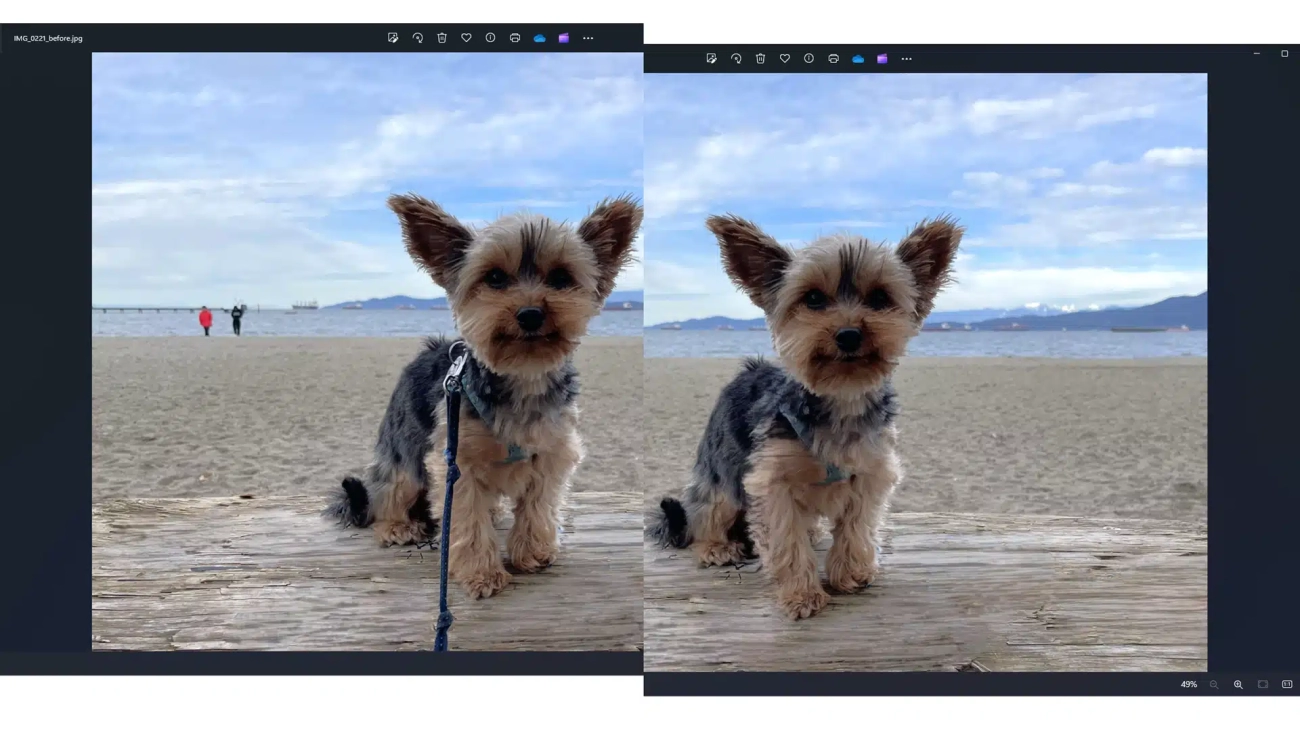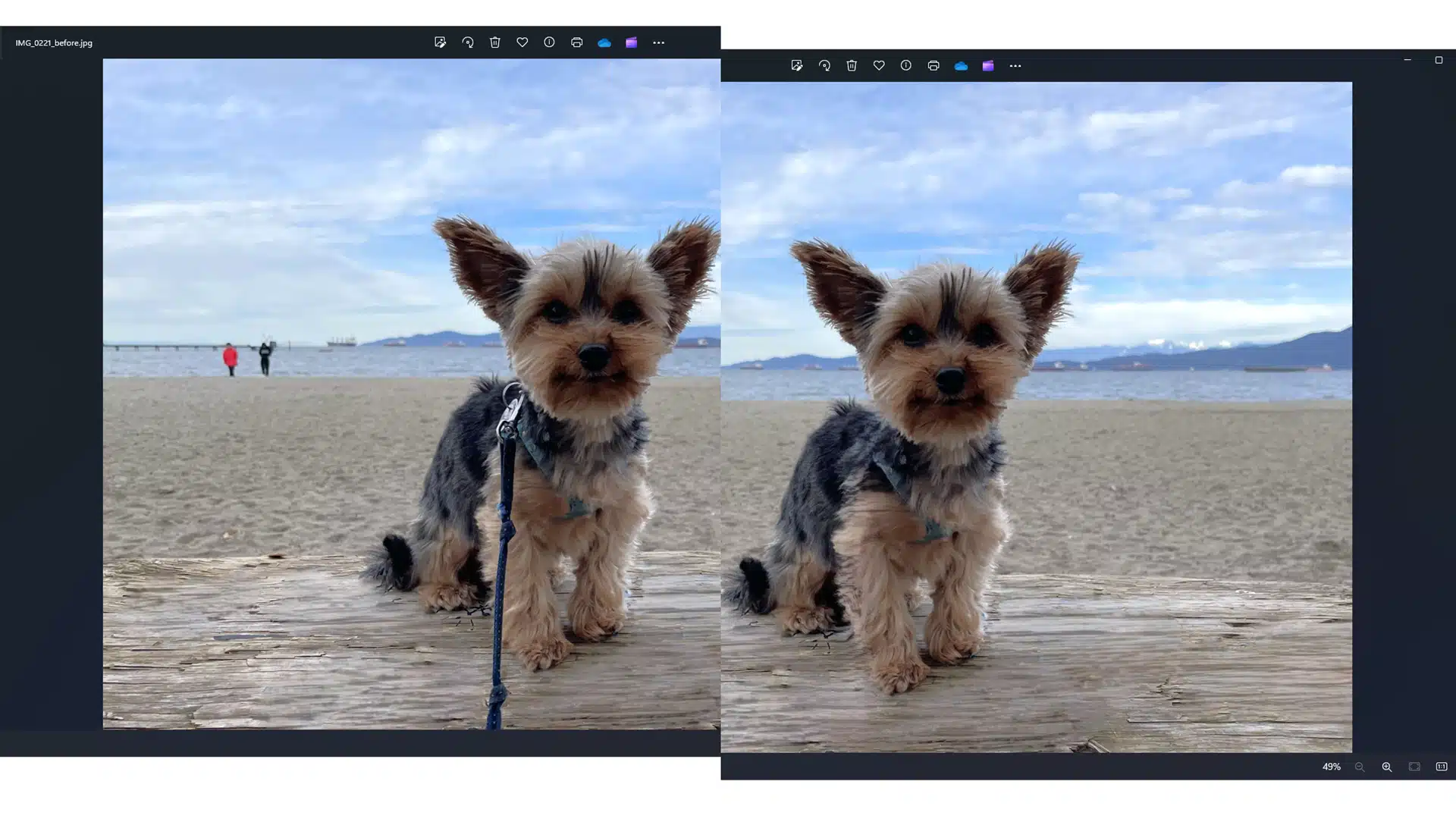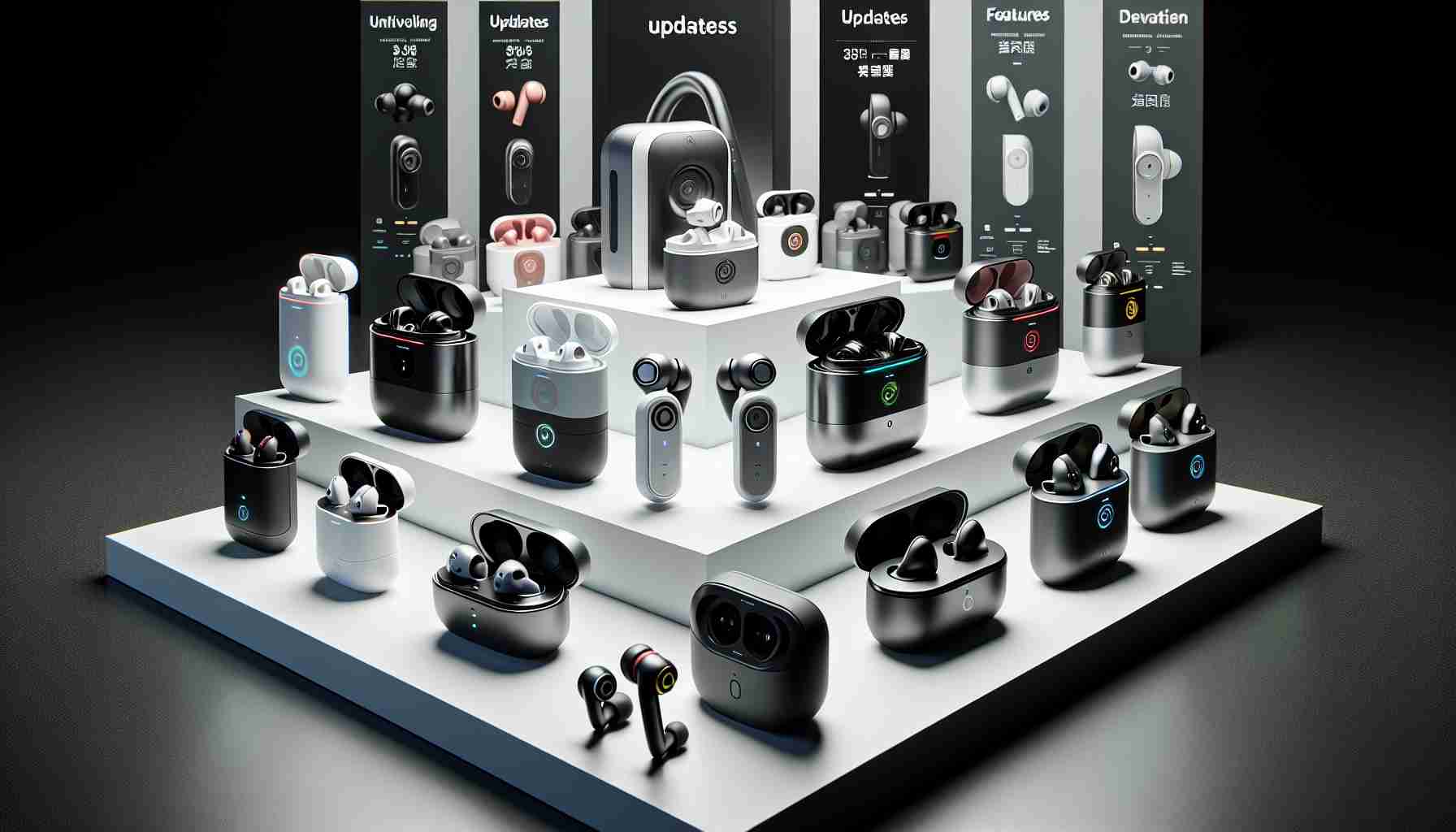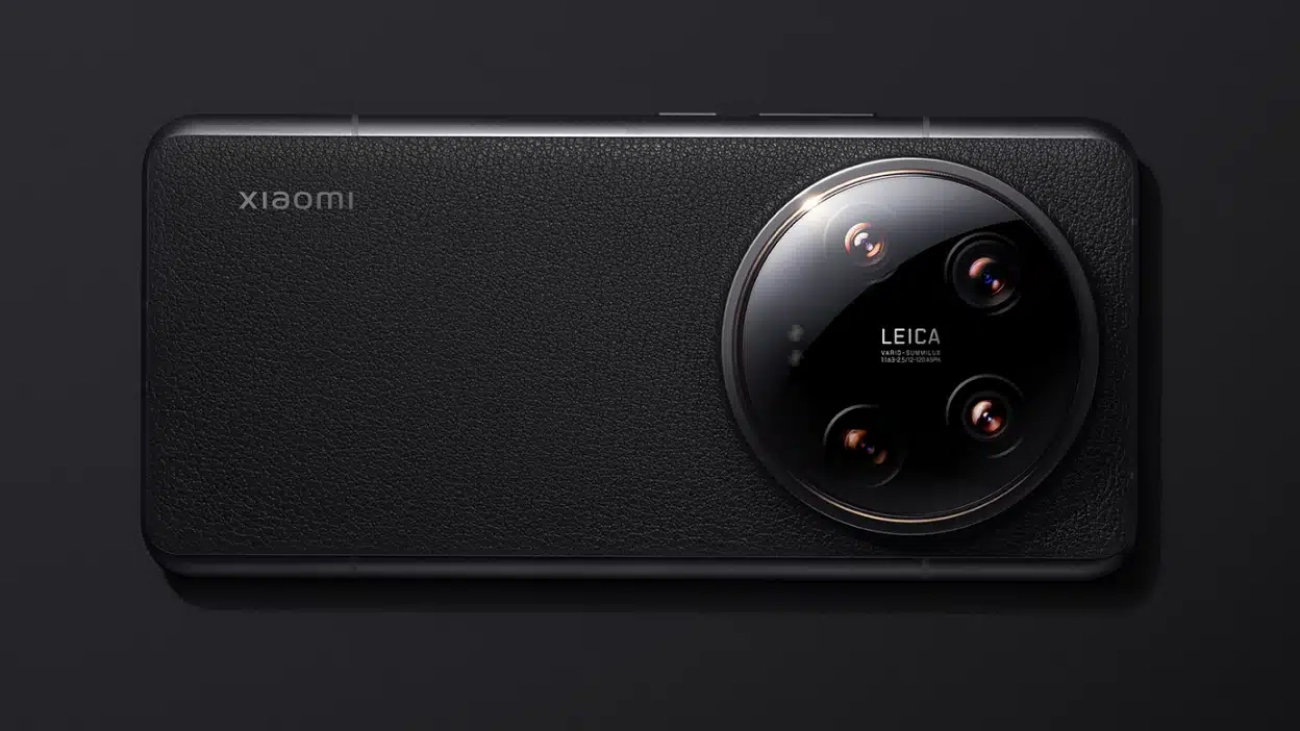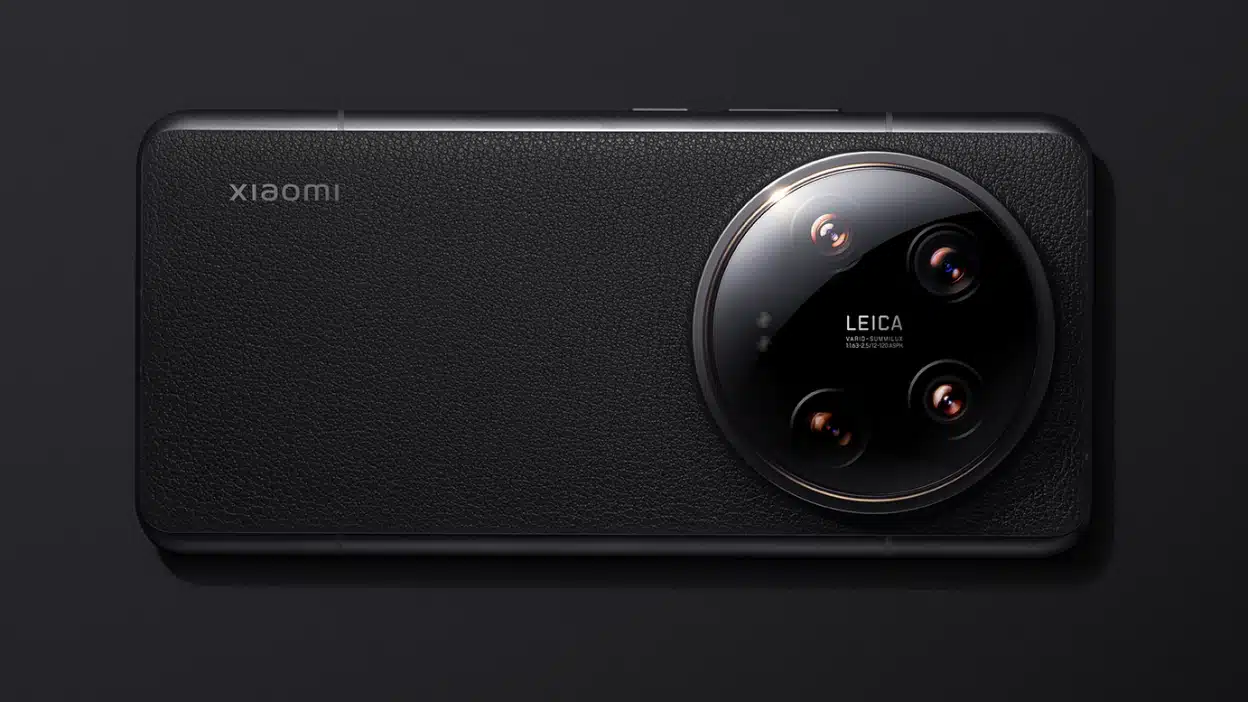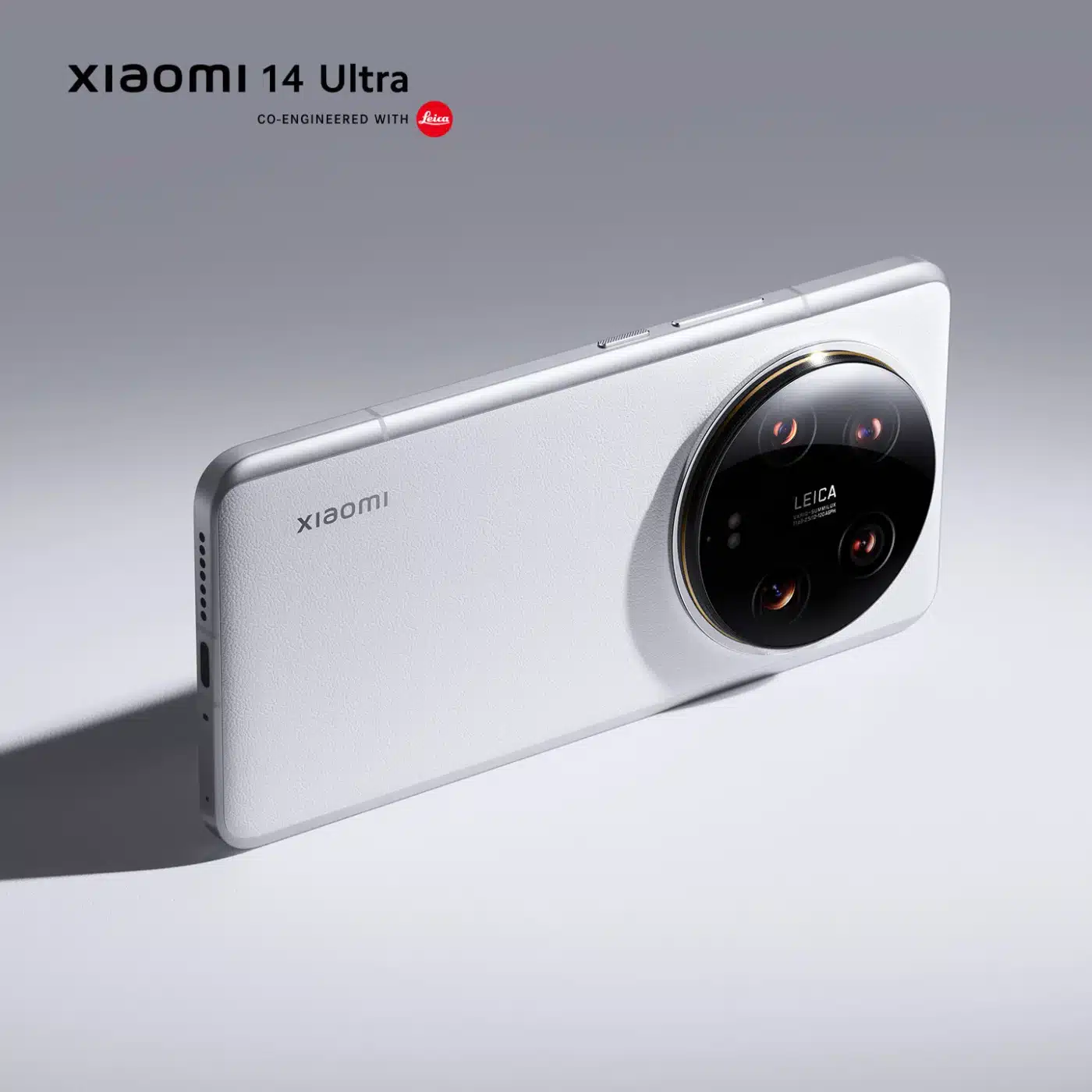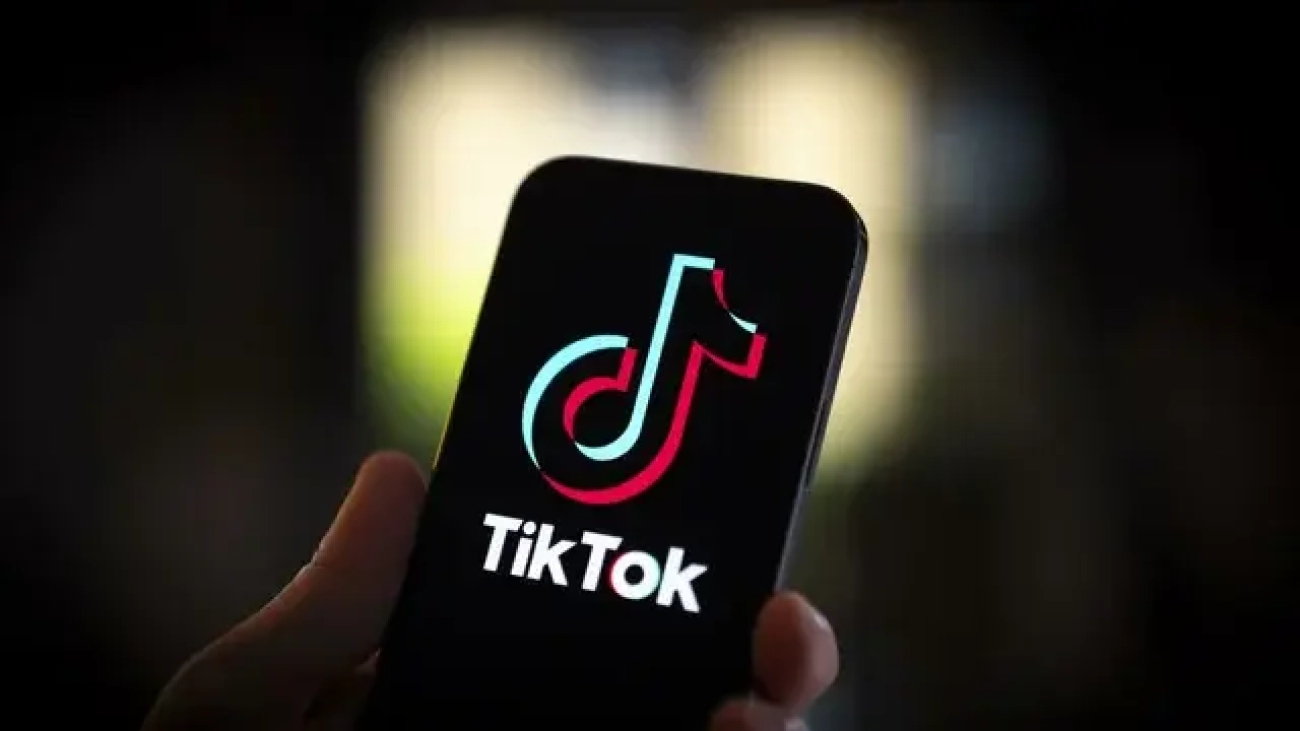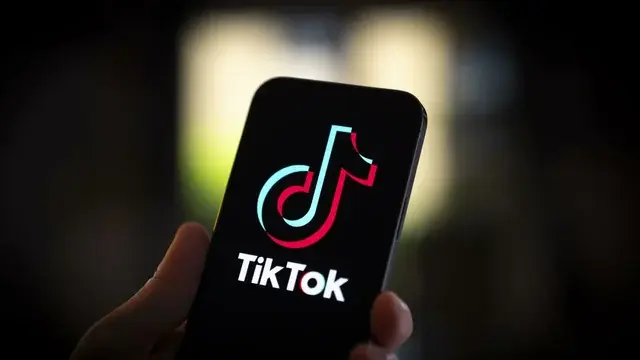
The anticipation is real! We’ve been on the edge of our seats, eagerly awaiting the arrival of the Samsung Galaxy Buds 3 – the successors to the acclaimed Galaxy Buds 2. Let’s dive into the latest buzz and speculation surrounding these earbud wonders.
The Waiting Game
It’s been a patient wait since the debut of the Galaxy Buds 2 in August 2021. We got a taste of the Galaxy Buds 2 Pro in 2022, but the Galaxy Buds 3 have been playing hard to get. Now, in 2024, the whispers of their arrival are growing louder.
Release Date Speculations
The release calendar had us hopeful for 2023, but alas, no sign of the Galaxy Buds 3. The spotlight shifted to 2024, and leaked photos and regulatory filings have stirred the rumor mill. If patterns hold, Samsung might be gearing up for the grand reveal.
Pricing Dilemma
The Galaxy Buds lineup has a reputation for offering affordable excellence. The Buds 2 and their predecessor danced around the $150 mark, making them competitive in the true wireless earbuds arena. Fingers crossed that the Galaxy Buds 3 follow suit, keeping the balance between quality and cost.
Leaks and Glimpses
The leaks are trickling in, offering tantalizing glimpses of the Galaxy Buds 3. A regulatory filing spills the beans on the earbuds’ design tweaks, reminiscent of the Galaxy Buds Plus charm. While we won’t be getting a snazzy earbuds case with a screen, the real focus is on what’s inside those sleek earpieces.
Pro Version in Tow
Whispers also hint at a Galaxy Buds 3 Pro joining the party. Launch timelines remain elusive, but the mere mention adds an extra layer of excitement. As details emerge, we’re all ears, waiting to see what enhancements the Pro version might bring.
What We Yearn For
Design Echoes
The pebble-shaped charm of the Buds 2 won hearts, and we hope Samsung sticks to the winning design formula. The lightweight allure and Qi wireless charging compatibility – please, don’t leave us hanging.
Aesthetic Tweaks
Glossy finishes have their flair, but a matte coat could elevate the Galaxy Buds 3’s game, fending off fingerprints and enhancing grip. A subtle design tweak that goes a long way.
Sonic Brilliance
With rivals upping the ante in audio quality, the Galaxy Buds 3 need a sonic punch. Spatial audio, or Samsung’s take – 360 audio, could be the game-changer. Let the immersive audio experience take center stage.
Smart Features Upgrade
Bring on the perks! Multipoint connectivity, adaptive noise control, and Voice Detect – features that add value. Samsung’s Voice Detect from the Buds 2 Pro would be a welcomed addition, making conversations seamlessly integrated with your music.
ANC Evolution
Active Noise Cancellation (ANC) is a non-negotiable demand. A step beyond the on-off toggle, perhaps adaptive sound control akin to rivals. Let the Buds 3 be a fortress against unwanted noise.
Stamina Boost
Battery life has been a sore point. A few extra hours in the playtime arena could make a world of difference. Enhancements here might just propel the Galaxy Buds 3 into the elite club of noise-cancelling earbuds.
As the whispers intensify, we’re left eagerly awaiting the official curtain lift on the Samsung Galaxy Buds 3. Will they redefine the audio landscape? Only time will tell, but one thing’s for sure – the world of true wireless earbuds is in for a treat. Stay tuned for the symphony of updates as we inch closer to the much-anticipated debut.










